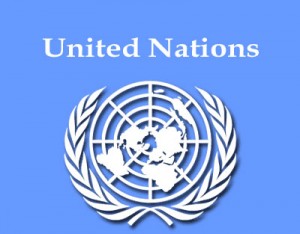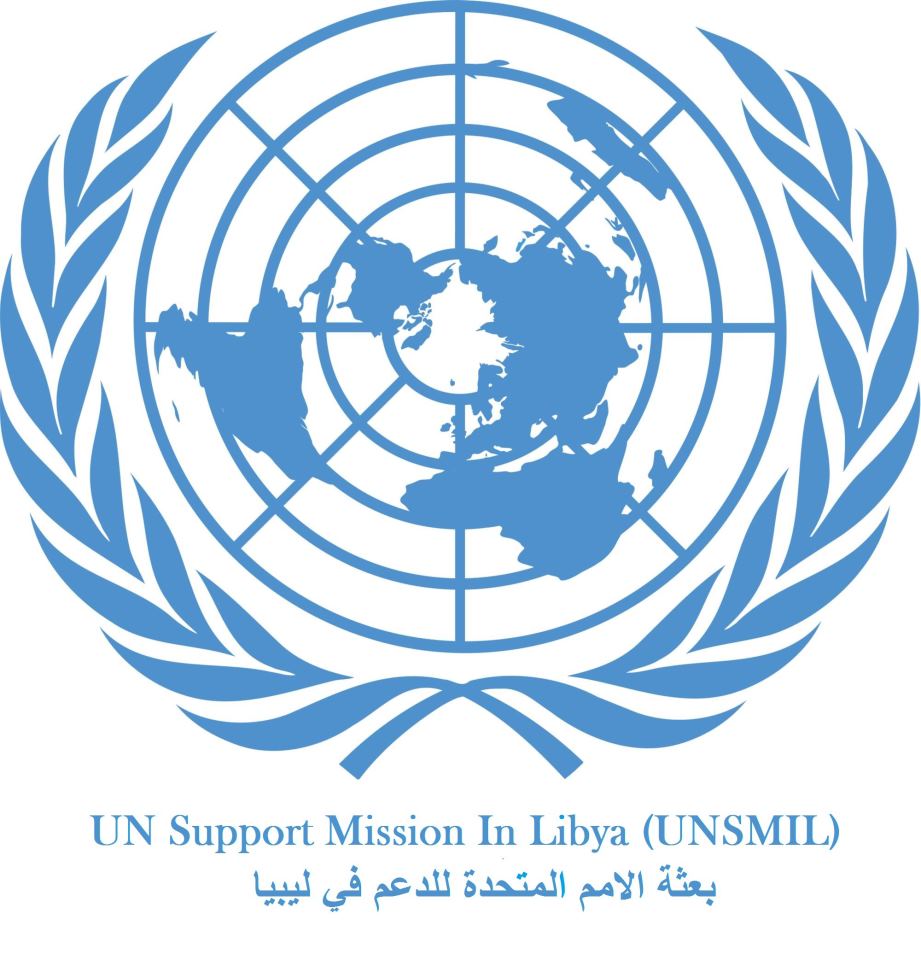By Sami Zaptia:

London, 9 March 2018:
Under the section entitled ‘‘On acting for or on behalf of or at the direction of a listed individual or entity’’, the UN Libya Experts Panel report says that ISIL is exploiting divisions amongst Libyans as well as smuggling networks to obtain financing.
The report says that ‘‘In Misrata, on 4 October 2017, an attack launched against the Judicial Complex caused seven fatalities. Two suicide bombers blew themselves up and a third attacker was killed by gunfire outside the building. The attack also included a car bomb parked outside the premises that did not detonate. ISIL claimed the attack through its news channel Amaq News.
On 24 October 2017, the building of the Municipality of Misrata was attacked by a Rocket Propelled Grenade (RPG). The Municipality of Misrata attributed the attack to ISIL.
ISIL in Sirte, Bani Walid, and Ajdabiya
After being defeated in Sirte, some ISIL fighters regrouped to operate in small cells in the central region, notably on the outskirts of Sirte and Bani Walid. Libyan sources report that collusion exists between groups loyal to the former regime and ISIL elements in these areas.
Several attacks against LNA checkpoints have taken place. In one incident on 25 October, ISIL claimed the killing of two LNA soldiers at a checkpoint located 60 km south of Ajdabiya.19
Listed organizations in southern Libya
ISIL groups are still active in the area to the south of Sirte, showing their presence by setting up roadblocks, whilst also attacking checkpoints run by local groups affiliated with the LNA.
Mostly composed of foreign elements, ISIL is now aware of its lack of support amongst local tribes in the Sirte Basin, due to crimes it has committed in the area since 2015. Recently, it has been trying to move south and sent emissaries to southern localities such as Ubari, Temessa and Zweila, with large quantities of cash to prepare the ground and establish contacts with local groups. According to sources from southern Libya, ISIL’s emissaries also try to link up with smuggling networks, offering protection and seeking long-term sources of financing.
Links in Sabratha and Zawiyah
In late 2014, the extension of Operation Libya Dawn to the western coast has further undermined the security situation. It has driven local actors to a larger involvement in smuggling activities to finance the war. It has also paved the way for listed organizations to reinforce their presence by building up ties with local warring parties, notably in the rural areas between Sabratha and al-Ojeilate. Mostly composed of Tunisians, the ISIL branch in Sabratha has been able to recruit prominent local brigades and smuggling figures, notably from the Dabbabsha tribe.
Links of ISIL with local armed groups are in other cases transactional and limited in time. The group led by Mohammad Eshtoui (a.k.a al Qoba) had developed financial interests with Abdallah al-Dabbashi, an ISIL commander in Sabratha.20 Eshtoui facilitated the transit of Tunisian recruits across the border to Sabratha. Abdallah al-Dabbashi was killed on 24 April 2017, by the very same Mohammad Eshtoui in his house. It is worth noting here that Eshtoui has taken part in the armed confrontations against Ahmad al-Dabbashi in October 2017, claiming his affiliation with the Anti-ISIL Operations Room in Sabratha. According to local sources in Sabratha, this claim is unfounded.
ISIL used tribal links to extend its influence in Sabratha. Wissam al-Dabbashi is another commander of ISIL in Sabratha from the Dabbabsha tribe. Wissam al-Dabbashi was simultaneously linked to Ahmad al-Dabbashi’s group. Local figures described him as Ahmad Dabbashi’s right hand. Following the war against ISIL in Sabratha in March 2016, Ahmad al- Dabbashi handed him over to the SDF in Tripoli.
War comradeship and shared ideological affiliations have allowed ISIL commanders to build up links with local groups in Zawiyah. Sources indicated to the Panel that in March 2016, during the fighting in Sabratha against ISIL, several members of ISIL sought shelter in Zawiyah, from where they were evacuated by sea to an unknown destination.
The threat posed by ISIL seemed to have been contained in western Libya in March 2016. However, former ties between major smugglers and ISIL raise concerns about the ability of ISIL to use smuggling networks to its own benefits. Rising tensions in Zawiyah and in Sabratha, could create the conditions of a more significant return of jihadist elements (notably from Tunisia) to the area’’.








